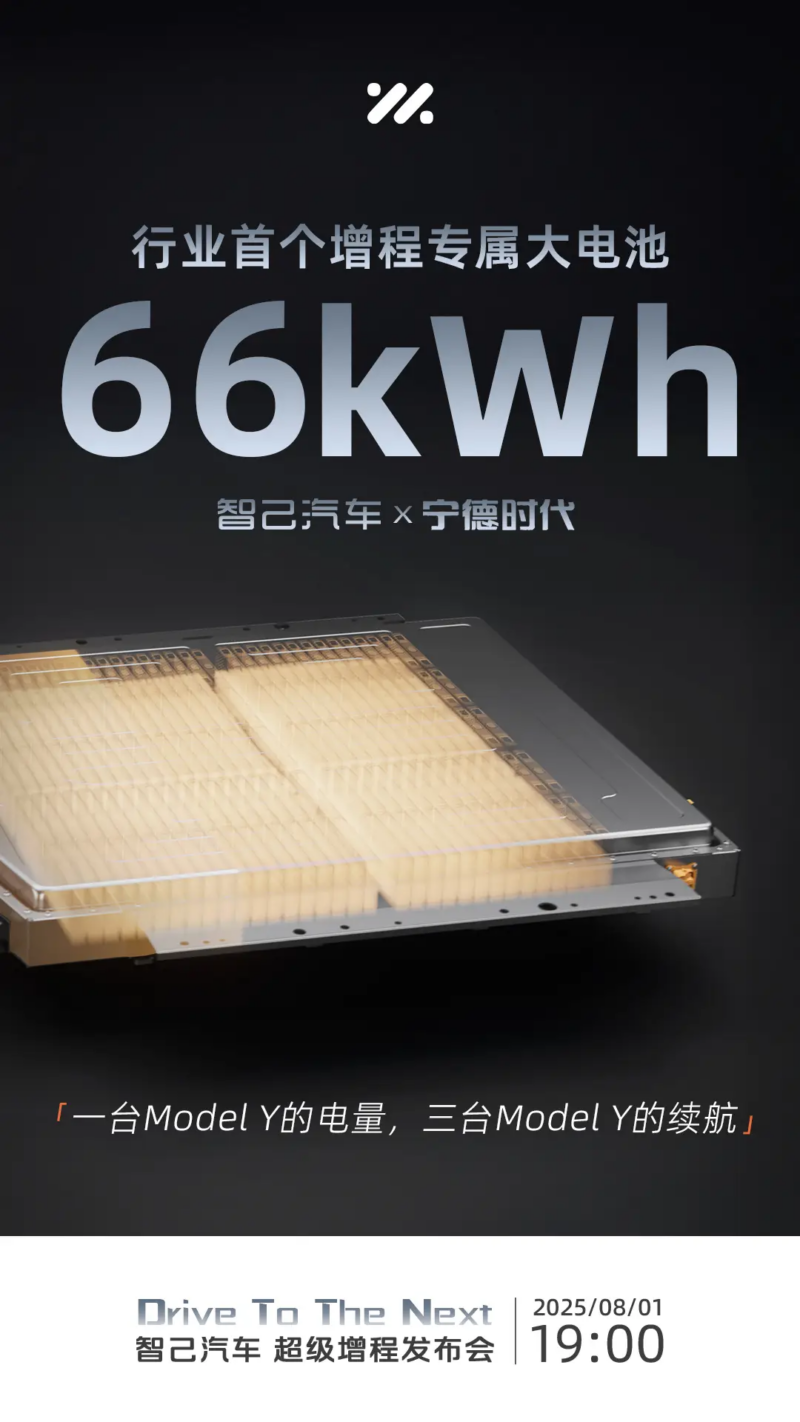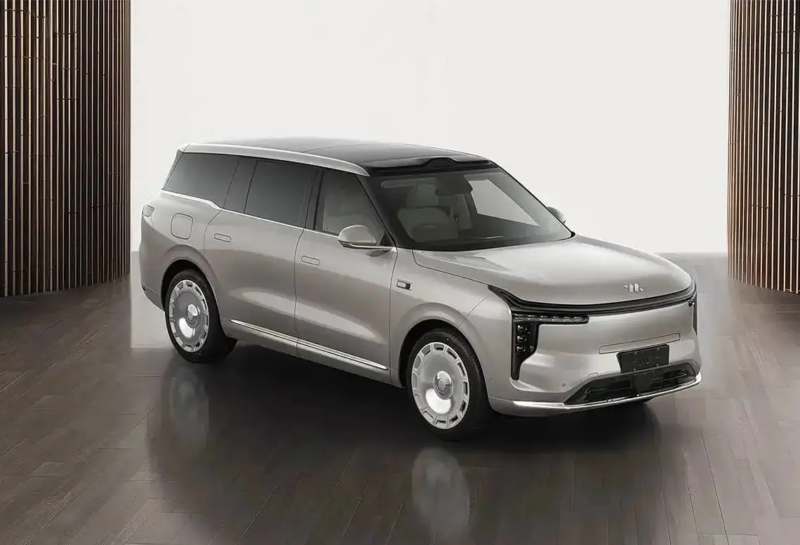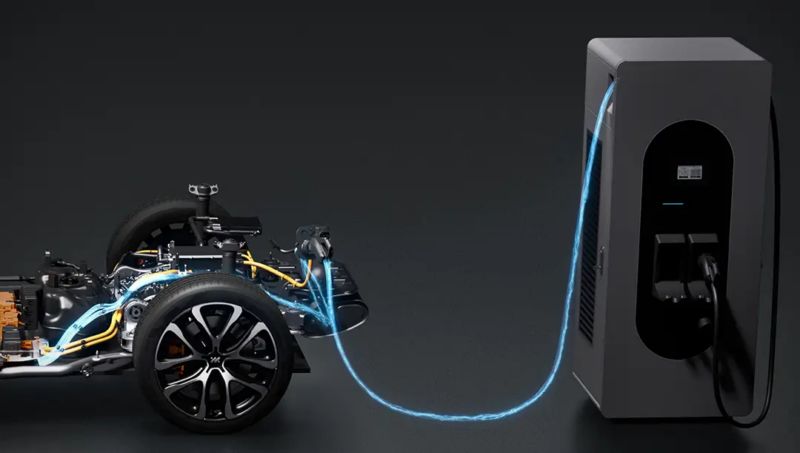IM Motors to launch “Super Extended Range” EV with 66 kWh battery on August 1
IM Motors has announced it will unveil its “Super Extended Range” EV at a global launch event on August 1, 2025, it will showcase three technological advantages: the industry’s largest 66kWh dedicated range-extension battery, a pure electric range exceeding 450km (CLTC standard), and an 800V ultra-fast charging high-voltage platform.
According to official information, the “Super Extended Range” system will utilise a 1.5T engine (model 15FNE) manufactured by SAIC Motor Corporation as the range extender, with a maximum power output of 114 kW. The vehicle’s 66 kWh battery, co-developed with CATL, enables a pure electric range of 450 km under the CLTC standard. With the integration of 800V charging technology, it is expected to deliver charging efficiency.
Recent Ministry of Industry and Information Technology filings reveal that IM Motors will introduce the technology in a new large SUV model, the IM LS9. The vehicle measures 5,279/2,000/1,806 mm (length/width/height) with a wheelbase of 3,160 mm and is expected to launch in the fourth quarter of this year.

Editor’s comment
This announcement comes amid a significant shift in the extended-range electric vehicle market. Last November, CATL officially launched its “Freevoy Battery” specifically designed for extended-range hybrid vehicles, capable of delivering over 400km of pure electric range with 4C ultra-fast charging capabilities.
The industry appears to be trending toward “big battery, small fuel tank” configurations for extended-range vehicles. Larger batteries provide better pure electric driving experiences, while the range extender with a small fuel tank eliminates range anxiety for occasional long-distance travel.
The 66 kWh battery in the IM Motors EREV not only surpasses the battery capacity of all other EREVs currently on the market (the largest being the Maextro S800’s 65 kWh), but it also exceeds the battery capacity of many pure electric vehicles. Undeniably, EREVs have sold very well in recent years, but this prompts the question: with such a large battery and corresponding fast-charging technology, is the extended-range route still necessary?




